While the good news is that the number of COVID-19 hospitalizations declined again this past week in the United States, experts say we should remain on guard and vigilant. Experts are cautiously optimistic but “not yet ready to hoist the ‘Mission Accomplished’ banner.”
We’re so thankful for data that looks like this with the US COVID-19 Community Levels by County Map.
Can we look forward to a mask-free society soon? Or is it too early for that conversation?
There’s a lot to be said about this debate. Still, when Dr. Gerald E. Harmon, president of the American Medical Association, says that he would continue to wear a mask in most indoor public settings, we should all listen.
He urges all Americans “to consider doing the same, especially in places like pharmacies, grocery stores, on public transportation — locations all of us, regardless of vaccination status or risk factors, must visit regularly.”
As we’re not yet ready to shed our masks, let’s talk about whether high-quality face masks are worth the cost. For all of us, the added expense of face masks to our monthly budget is certainly one we’d like to shed as soon as possible!
To start with, what does it take to qualify as a “high-quality” face mask? In the “disposable” versus “reusable” debate, which face masks tick the boxes in the following four criteria?
- Effectiveness
- Wearability
- Reusability
- Eco-friendliness
Effectiveness
Without a doubt, the most important consideration when buying masks is their effectiveness. Staying safe and healthy (and alive) trumps any discussion on costs, doesn’t it?
But how effective is effective enough? What type of mask will protect you when you travel, hit the cold and flu season, or face virus strains we’ve never encountered before? What type of mask do you need to wear when visiting a hospital or places where there are vulnerable people?
An effective mask must block tiny airborne particles of viruses, bacteria, pollen, allergens, and contaminants. It also needs to fit properly — snugly against your face, preventing droplets from sneaking in and out along the sides of your nose, whether you invest in disposable or reusable face masks.
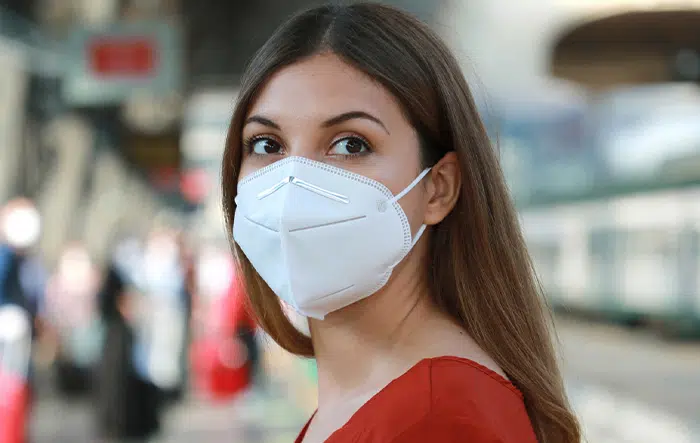
Not all disposable face masks are created equal. Nearly two years into the pandemic, the Centers for Disease Control and Prevention states that medical-style masks, such as N95s, KN95s, and surgical masks, are the most effective disposable type of mask to consider, with high filtration and varying degrees of mask fit around the face.
In general, there are three types of commonly used disposable masks. They are single-use face masks, surgical masks, and respirators.
Not all reusable face masks are created equal, either. Ones made with two or even three layers of cotton will not give you the necessary filtration protection and will most likely not seal snugly enough against your face.
The best reusable face mask is one with an incorporated or pocket filter that fits closely enough around your face to prevent leakage in and out of the mask. And in the comparison test between disposable and reusable face masks (with a filter), the critical criteria come down to filtration standard and mask fit.
Filtration Standard
Global recommendations for face masks have been updated as new variants have emerged and market supply has shifted. The World Health Organization recommends masks that offer a minimum of three-layer protection as follows:
- A hydrophilic material inner layer (e.g., cotton or cotton blends) that will absorb the moisture you inhale
- A hydrophobic material outermost layer made of (e.g., polypropylene, polyester, or their blends), designed to stop any external contamination coming through to your nose and mouth
- A synthetic non-woven material (e.g., polypropylene or cotton) middle hydrophobic layer designed to enhance filtration or retain vapor droplets
The CDC’s National Institute for Occupational Safety & Health requires filtering out at least 95% of 0.3-micron airborne matter. N95s, KN95s, surgical masks, and several high-quality reusable mask manufacturers achieve this standard.
Single-use disposable masks (normally one layer, very thin) are typically only effective at capturing larger dust particles. They can do so reasonably well but do not provide a good seal around the face, making them lose points on the effectiveness rating scale.
Surgical mask standards have higher requirements for capturing virus-sized (0.1 microns) particles and typically come in three levels of filter effectiveness, all filtering between .01 to 3.0 microns. The higher the level, the higher the percentage of capture. For example, level 1 masks capture >95%, and Level 3 masks capture >98%.
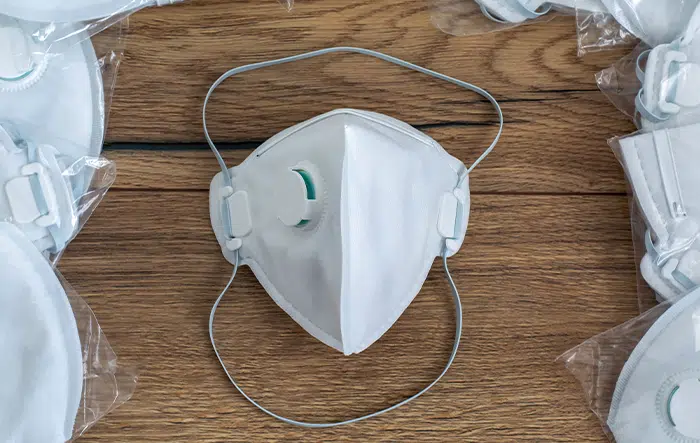
Respirator masks include the N95 and KN95 masks and typically capture >95% of virus-sized particles down to 0.3 microns.
Several high-quality reusable face masks are on the market today, with filters that measure as well as, or better than, the government requirements for the N95 and KN95 masks.
However, even with this shortlist of disposable masks, it’s not as simple as Googling a shopping source and ordering your choice of N95, KN95, or surgical mask. You need to find a trusted retailer to have confidence that the mask you order meets the government standard required.
Demands for high-quality masks have surged and so have knockoffs. Last month, the CDC issued a release saying that 60% of KN95 masks did not meet required standards.
Mask Fit
When it comes to efficacy, mask fit isn’t about your comfort — it’s about how complete a seal can be made between your face and the mask. Mask fit measures how securely air can come into and out of the mask and is aided, in part, by a moldable nose wire and adjustable ear loops or behind-the-head straps.
If you go outside on a cold day and see puffs of air coming out from around the sides of your mask, it is not fitting correctly and should be adjusted. If your glasses fog up when wearing your mask, it is not fitting correctly and should be adjusted. If you have facial hair around the jawline and chin, you’ll find achieving a complete seal with any mask is much more difficult.
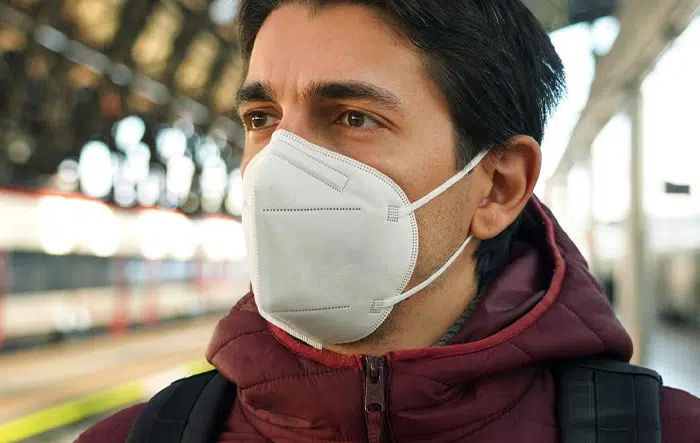
As reusable masks with filters are still relatively new to the market, new science is still coming out on their effectiveness compared to the highest-rated disposable medical masks.
But when comparing filtration and mask fit, it seems clear that there are reusable masks with filters that compete head-to-head with the best disposable medical masks.
Wearability
While mask fit is a significant factor in efficacy, whether a mask is wearable is almost as important. After all, if a mask is too uncomfortable to wear for the duration you need to wear it, it’s easy to be tempted to loosen the ear loops, pull it away from your face or choose not to wear it at all. The most effective mask in the world doesn’t do you any good if you can’t stand wearing it.
For most people, breathability is their number one concern when it comes to wearability. A wide variety of fabrics will afford you maximum breathability. Still, the CDC recommends tightly-woven materials like cotton or others with a high thread count like merino wool and microfiber. These aren’t just highly breathable; they’re also highly effective.
Delta P (pressure differential) measures the airflow resistance of a mask and is an objective measure of breathability. The higher the Delta P-value, the greater the airflow resistance and the harder it is for the wearer to breathe.
Higher Delta P levels can result in a “blow-by” effect (escape of air and contamination from the sides of an improperly worn mask) or even incorrect use by the wearer. The Delta P is measured in units of mm H2O/cm2. Note, that the numbers indicate breathability only and do not reflect the level of protection that the mask provides.
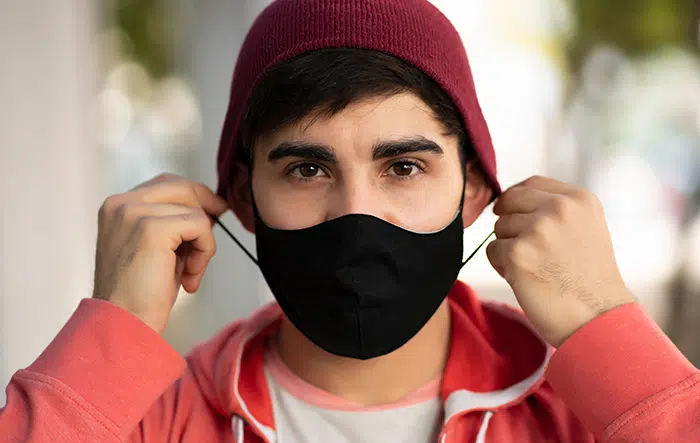
When it comes to breathability, disposable face masks and some reusable masks can score high on the Delta-P value and cause difficulty in ease of breathing.
A high-quality face mask will also support hydration and keep your nose and throat comfortable, reducing the strain on your body in tough environments. Dry air puts a lot of strain on your body, increasing susceptibility to germs, irritating sinuses, and aggravating allergies and other conditions. It’s also a significant contributor to jet lag and fatigue. Surprisingly, you’re exposed to dry air more often than you think – aircraft, cold weather, heated buildings, mountains, deserts, air conditioning, etc.
Ear straps and a nose bridge wire also contribute to your face mask’s wearability or lack of wearability. Soft straps that can be twisted or shortened/lengthened make the comfort of the fit easy to manage, and an adjustable nose bridge wire can help keep your mask higher on your face without slipping down.
What makes MyAir the most comfortable facewear on the market is its unique one-piece design. Made of super lightweight and stretchy fabric, the ear loops are given a half-twist to simultaneously pull down across the nose and up under the chin, optimizing fit without straps, buckles, stiff elastic, or latex. The sheath holds the filter element in the perfect place over your nose and mouth, with the sheath fabric keeping the rest of your face cool and comfortable.
Reusability
When calculating the worth of high-quality face masks, their reusability is another significant factor. We all know how easy it is to wear our disposable masks repeatedly, leaving one or two in our car to grab whenever we need to go out in public.
According to the CDC, you shouldn’t use an N95 or KN95 mask more than five times in total. Any deterioration or fraying of the straps means it’s not creating a tight seal, and the mask should be thrown out.
Experts have tested cleaning and reusing N95 or KN95 masks, including exposure to vaporous hydrogen peroxide or ultraviolet light, but the Food and Drug Administration has approved no method. In 2020, the Journal of Emergency Medicine examined boiling masks and leaving them to air dry, but the results weren’t peer-reviewed or endorsed by any regulatory bodies.
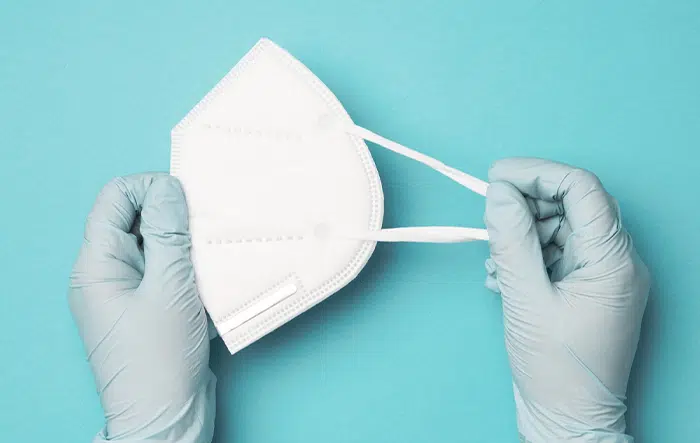
When it comes to reusable face masks with replaceable filters, the face mask itself can be worn for hundreds or thousands of uses. Different filters have different lifespans, and the general rule of thumb is to replace the filter when it becomes more difficult to breathe through. When breathing becomes harder, the filter is clogged up and needs to be swapped out.
Some reusable face masks come with built-in filters, so the entire mask would need to be replaced once the filter becomes clogged. In addition, wearing a face mask with a built-in filter for more than its lifespan inhibits breathing and encourages air to pass the filter rather than go through it.
Eco-friendliness
Over the past two years, our attention has been focused on dealing with this global pandemic, but it doesn’t mean other considerations, like caring for our planet, aren’t significant. And as 2022 continues to move us in the right direction, pandemic-wise, the news is getting worse for the environment.
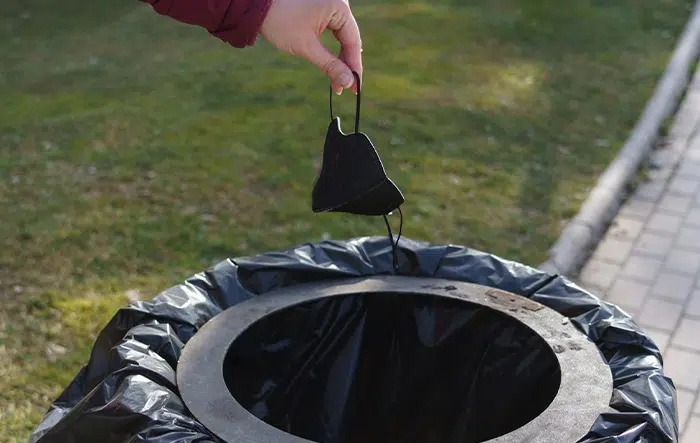
In 2020 alone, an estimated 1.56 million disposable face masks were found in the ocean, with approximately 129 billion face masks discarded each month globally. Disposable face masks are composed of polymers that break down into around 16 million microplastics per mask.
Microplastics are small plastic particles less than five millimeters long and can easily maneuver their way nearly everywhere — the oceans, the air, food, tap water, and even our blood. This poses a risk not just to the planet but also to its inhabitants.
High-Quality Masks Comparison
Given the information above and based on research available online, we’ve created our own grading system based on each mask’s effectiveness, wearability, reusability, and eco-friendliness. And for each type of high-quality mask, we’ve chosen our top pick in the category!
Surgical face masks
In the effectiveness category, surgical face masks score an A in filtration and a B/C in mask fit. In the wearability category, they score a B/C in both breathability and comfort. In both the reusability and eco-friendliness categories, they score a D.
N95 and KN95 Respirators score high on their filtration and mask fit effectiveness and can vary in breathability and comfort of wear. They can be worn up to five times before disposal and contribute to environmental disposal issues.
In the effectiveness category, N95 and KN95 respirators score an A in both filtration and mask fit. In the wearability category, they score an A/B in breathability and a B in comfort. In the reusability category, they score a C, and in the eco-friendliness category, they score a D.
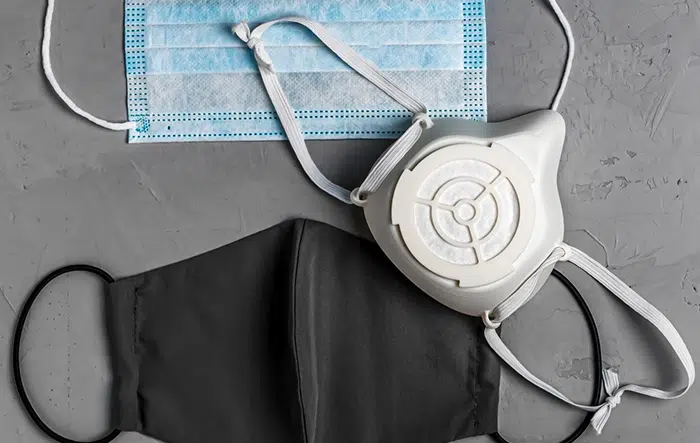
Three-layer reusable masks with built-in filters get high marks across the board in several categories. The downside comes with needing to dispose of the entire mask when the filters become clogged, and breathing is no longer easy.
In the effectiveness category, the three-layer reusable masks with built-in filters score an A in both filtration and mask fit. In the wearability category, they score an A in breathability and a B/B+ in comfort. In both the reusability and eco-friendliness categories, they score a B.
Three-layer reusable masks with replaceable filters are, for the money, our top pick of all mask categories. Of course, the disposable filters will need to be replaced and disposed of, but they contribute far less to environmental issues than other disposable masks and have a high reusability factor.
In the effectiveness category, the three-layer reusable masks with replaceable filters score an A in both filtration and mask fit. In the wearability category, they score an A in both breathability and comfort. In both the reusability and eco-friendliness categories, they score a B+.
While the search for the perfect mask that gets an A in each category may be elusive, when the mask you choose scores high on these types of criteria, you will be fully protected with filtration and fit, able to breathe freely, and feel comfortable in your face mask. Then, if you can keep your costs in check by reusing your masks without losing any effectiveness or wearability and do your part for the environment, you’ve hit the sweet spot. And that’s totally worth it.
We keep working hard to provide you with the best possible masks on the market while keeping our commitment to the social, economic & ecologic responsibilities in our world.
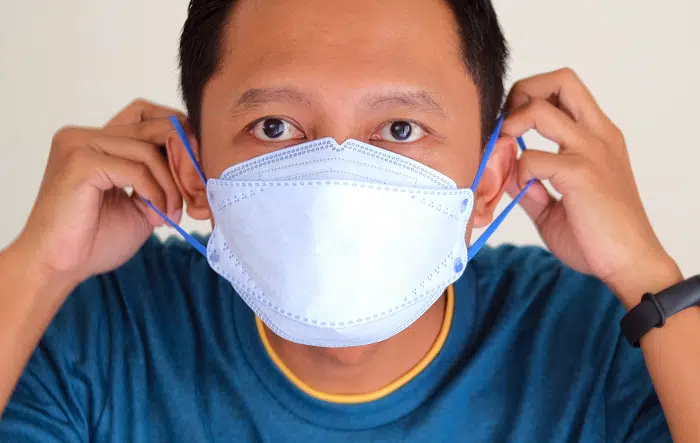
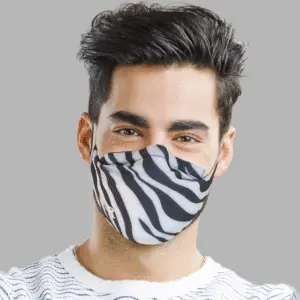

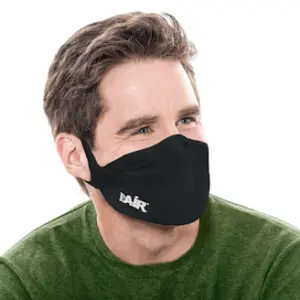
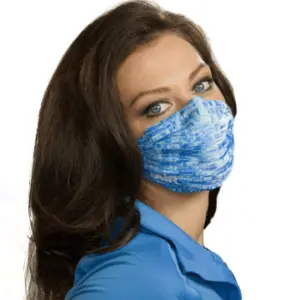

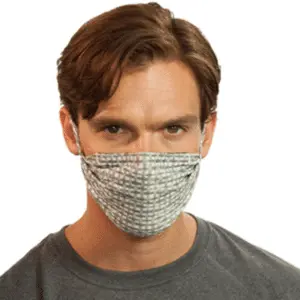
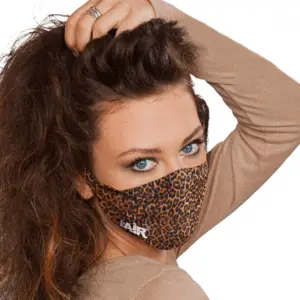
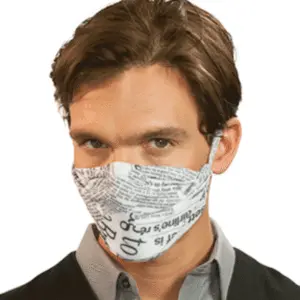



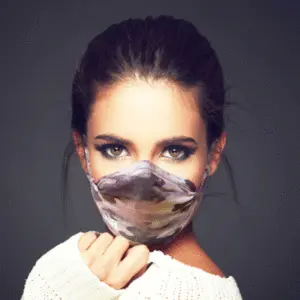
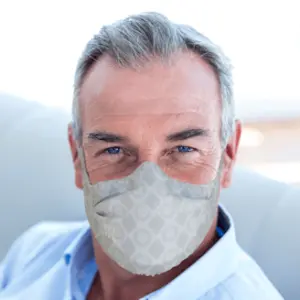



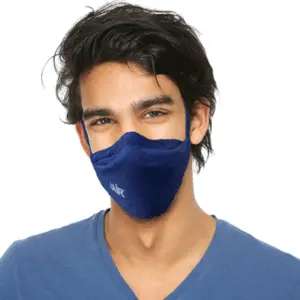

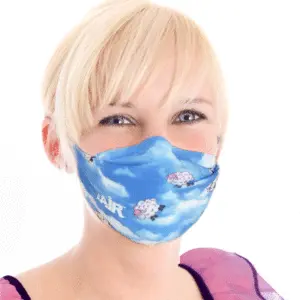
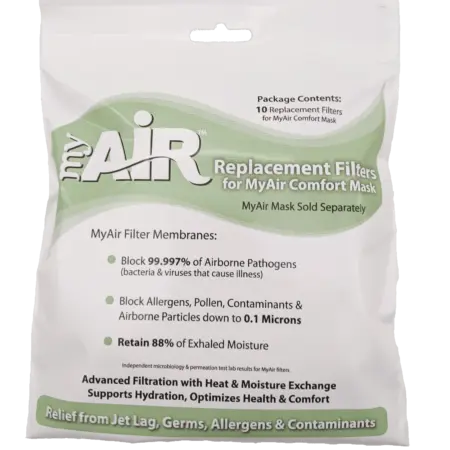
0 Comments